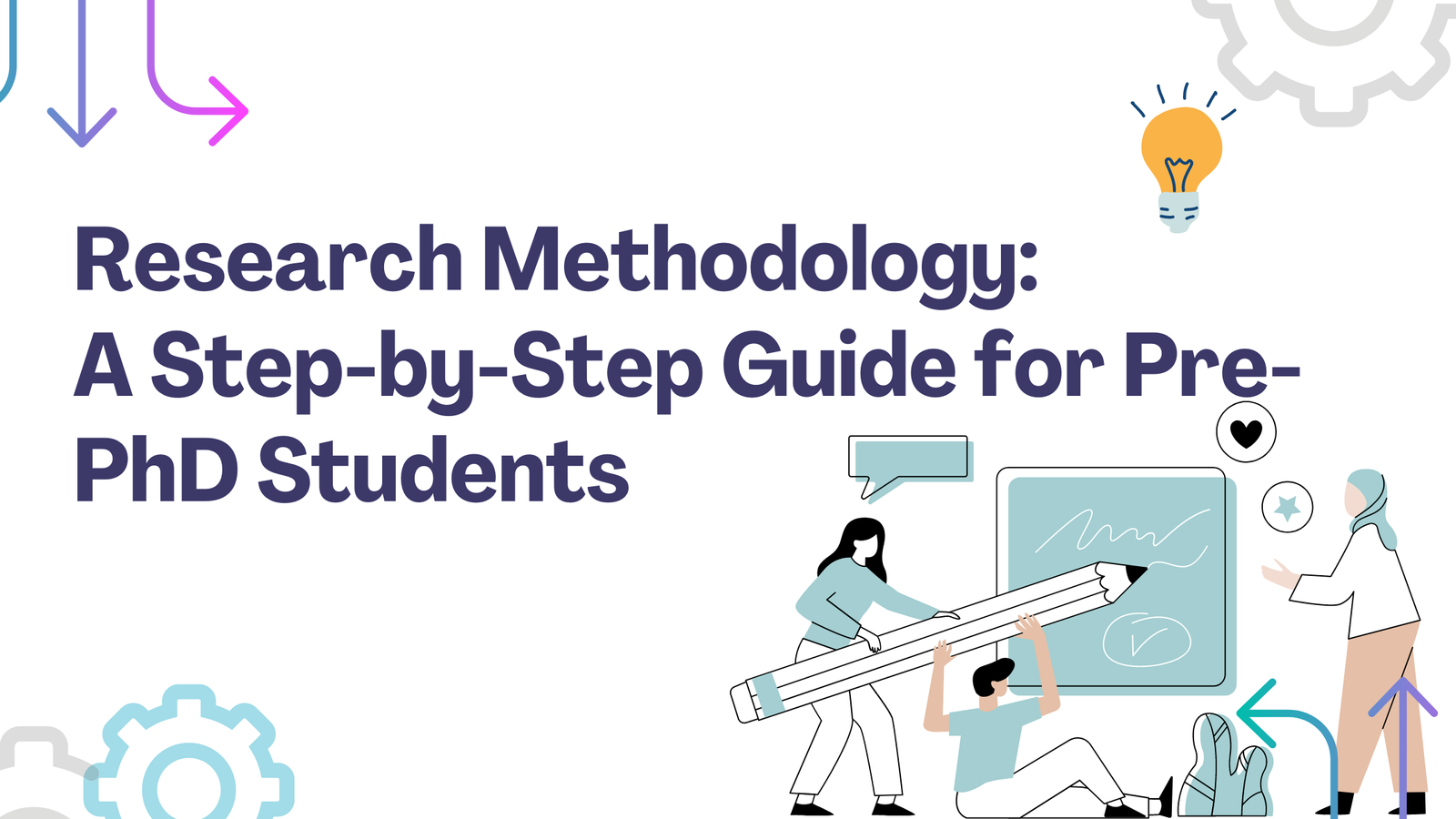Supervised Learning
Supervised Machine Learning: Concepts, Techniques, and Applications
Supervised machine learning is a cornerstone of artificial intelligence, driving advancements in various domains such as healthcare, finance, marketing, and technology. It provides a framework for machines to learn from labeled datasets, enabling them to make predictions, classify data, and solve complex problems with a high degree of accuracy. This essay explores the fundamental concepts, methodologies, and applications of supervised machine learning, offering a comprehensive understanding of its mechanisms and significance.
1. Understanding Supervised Machine Learning
Supervised machine learning is a type of machine learning where a model is trained using a labeled dataset. Each data point in the training set comprises input features (independent variables) and an associated output label (dependent variable). The goal of supervised learning is to learn a mapping function that can accurately predict the output for new, unseen inputs.
1.1. Key Characteristics
-
Labeled Data: Requires a dataset with input-output pairs.
-
Feedback Mechanism: The model receives feedback during training, which helps it adjust and improve.
-
Task-Specific: Designed for specific tasks such as regression or classification.
-
Generalization: Aims to perform well on unseen data rather than just memorizing the training data.
1.2. Workflow
-
Data Collection: Gather labeled data relevant to the problem.
-
Data Preprocessing: Clean and transform data to make it suitable for modeling.
-
Model Selection: Choose an appropriate algorithm (e.g., linear regression, decision tree).
-
Training: Use the training dataset to fit the model.
-
Validation and Testing: Evaluate the model’s performance on unseen data.
-
Deployment: Implement the trained model in real-world scenarios.
2. Types of Supervised Learning
Supervised learning encompasses two main types based on the nature of the output variable:
2.1. Regression
Regression algorithms predict continuous output values. Examples include predicting house prices, stock market trends, and weather conditions.
-
Linear Regression: Models the relationship between independent and dependent variables using a linear approach.
-
Polynomial Regression: Captures nonlinear relationships by fitting a polynomial equation.
-
Support Vector Regression (SVR): Uses support vector machines to model data within a margin of tolerance.
2.2. Classification
Classification algorithms assign data points to predefined categories. Common applications include spam detection, image recognition, and medical diagnosis.
-
Logistic Regression: Predicts the probability of a categorical outcome.
-
Decision Trees: Splits data based on feature values to classify outcomes.
-
Random Forest: Combines multiple decision trees to improve accuracy.
-
Support Vector Machines (SVM): Finds the optimal hyperplane for classification.
-
k-Nearest Neighbors (k-NN): Classifies based on the majority label of nearest neighbors.
3. Key Algorithms in Supervised Learning
The effectiveness of supervised learning hinges on the choice of algorithm, tailored to the problem's characteristics and requirements. Below are some widely used algorithms:
3.1. Linear Regression
-
Models a linear relationship between input features and output.
-
Cost function: Mean Squared Error (MSE).
-
Simple yet effective for problems with linear patterns.
3.2. Logistic Regression
-
Used for binary classification problems.
-
Employs the sigmoid function to map predictions to probabilities.
-
Extends to multi-class problems using techniques like one-vs-all.
3.3. Decision Trees
-
Constructs a tree-like model based on feature splits.
-
Intuitive and interpretable but prone to overfitting.
-
Enhanced by ensemble methods like Random Forest and Gradient Boosting.
3.4. Support Vector Machines (SVM)
-
Effective for high-dimensional data.
-
Separates classes using a hyperplane with maximum margin.
-
Can be adapted for regression and nonlinear problems using kernels.
3.5. Neural Networks
-
Inspired by the human brain, composed of layers of interconnected nodes.
-
Excellent for complex, high-dimensional datasets.
-
Foundation for deep learning architectures.
4. Evaluation Metrics
The performance of supervised learning models is assessed using specific metrics that vary depending on the task.
4.1. Regression Metrics
-
Mean Absolute Error (MAE): Average of absolute errors.
-
Mean Squared Error (MSE): Penalizes larger errors more than MAE.
-
R-squared: Proportion of variance explained by the model.
4.2. Classification Metrics
-
Accuracy: Percentage of correctly classified instances.
-
Precision: Ratio of true positives to total predicted positives.
-
Recall: Ratio of true positives to actual positives.
-
F1-Score: Harmonic mean of precision and recall.
-
Confusion Matrix: Provides insights into true/false positives and negatives.
5. Challenges in Supervised Learning
Despite its success, supervised learning faces several challenges:
5.1. Data Dependency
-
Requires large volumes of labeled data, which can be expensive and time-consuming to obtain.
-
Imbalanced datasets can bias model predictions.
5.2. Overfitting and Underfitting
-
Overfitting: Model learns noise instead of underlying patterns.
-
Underfitting: Model fails to capture the data's complexity.
5.3. Scalability
-
High computational cost for large datasets and complex algorithms.
5.4. Interpretability
-
Some models, like neural networks, are often treated as black boxes.
6. Applications of Supervised Learning
Supervised learning’s versatility has made it a backbone of many industries:
6.1. Healthcare
-
Disease Diagnosis: Classification models identify diseases from medical imaging.
-
Predictive Analytics: Regression models forecast patient outcomes.
6.2. Finance
-
Fraud Detection: Classifies transactions as legitimate or fraudulent.
-
Credit Scoring: Predicts a borrower’s creditworthiness.
6.3. Marketing
-
Customer Segmentation: Classifies customers based on purchasing behavior.
-
Personalized Recommendations: Suggests products based on user preferences.
6.4. Technology
-
Speech Recognition: Transcribes audio into text.
-
Image Recognition: Identifies objects, faces, and scenes in images.
6.5. Autonomous Systems
-
Self-Driving Cars: Combines classification and regression for object detection and trajectory prediction.
7. Future Directions
As supervised learning evolves, several trends and advancements shape its trajectory:
7.1. Semi-Supervised Learning
-
Bridges the gap between supervised and unsupervised learning.
-
Uses a small amount of labeled data with a large pool of unlabeled data.
7.2. Active Learning
-
Selectively queries the most informative data points for labeling.
7.3. Federated Learning
-
Enables training across decentralized devices while preserving data privacy.
7.4. Explainable AI (XAI)
-
Enhances the interpretability of complex models.
7.5. Integration with Deep Learning
-
Combines supervised techniques with deep learning for more robust models.
8. Take aways
Supervised machine learning has revolutionized the way we solve problems, offering precise and scalable solutions across diverse fields. While it has its challenges, ongoing research and innovation continue to address these limitations, paving the way for even more sophisticated and accessible technologies. By understanding and leveraging supervised learning, we unlock immense potential to create impactful, real-world applications.
Latest Posts

Difference between Qualitative and Quantitative Research with Example
Research methodologies can be broadly categorized into qualitative and quantitative approaches. This article explores these differences using an example, including the use of statistics.

What is Qualitative Research Methodology, Methods and Steps
This comprehensive guide delves into the key aspects of qualitative research methodologies, supported by an example and insights into the qualitative research process.

Prim's Algorithm: Understanding Minimum Spanning Trees
Prim's Algorithm is a greedy algorithm used to find the Minimum Spanning Tree (MST) of a weighted, undirected graph.

Huffman Coding Algorithm Tutorial
Huffman Coding is a widely used algorithm for lossless data compression. It assigns variable-length codes to input characters, with shorter codes assigned to more frequent characters.

A step by step approach to learn Greedy Algorithm - Data Structure and Algorithms
A greedy algorithm is an approach for solving problems by making a sequence of choices, each of which looks best at the moment.

How to write an APA-style research proposal for PhD Admission
Writing a research proposal in APA (American Psychological Association) style involves adhering to specific formatting guidelines and organizational structure.

25 steps for Writing a Research Proposal: From Doctoral Research Proposals to Grant Writing and Project Proposals
In this How to write a research proposal guide, we break down the process of writing a research proposal into 25 detailed sections.

Mastering Linear Regression: A Comprehensive Guide to Data Collection and Analysis for Predictive Modeling
This article provides a comprehensive guide to mastering linear regression, focusing on data collection and analysis.

Apple Unveils Groundbreaking AI Innovations at WWDC 2024: Introducing Apple Intelligence and Siri's ChatGPT Integration
Apple's WWDC 2024 introduces Apple Intelligence, revolutionizing AI integration with smarter Siri, ChatGPT capabilities, and innovative features across iOS, iPadOS, and MacOS for enhanced user experience.

Research Methodology: A Step-by-Step Guide for Pre-PhD Students
research is a journey of discovery, and each step you take brings you closer to finding answers to your research questions.